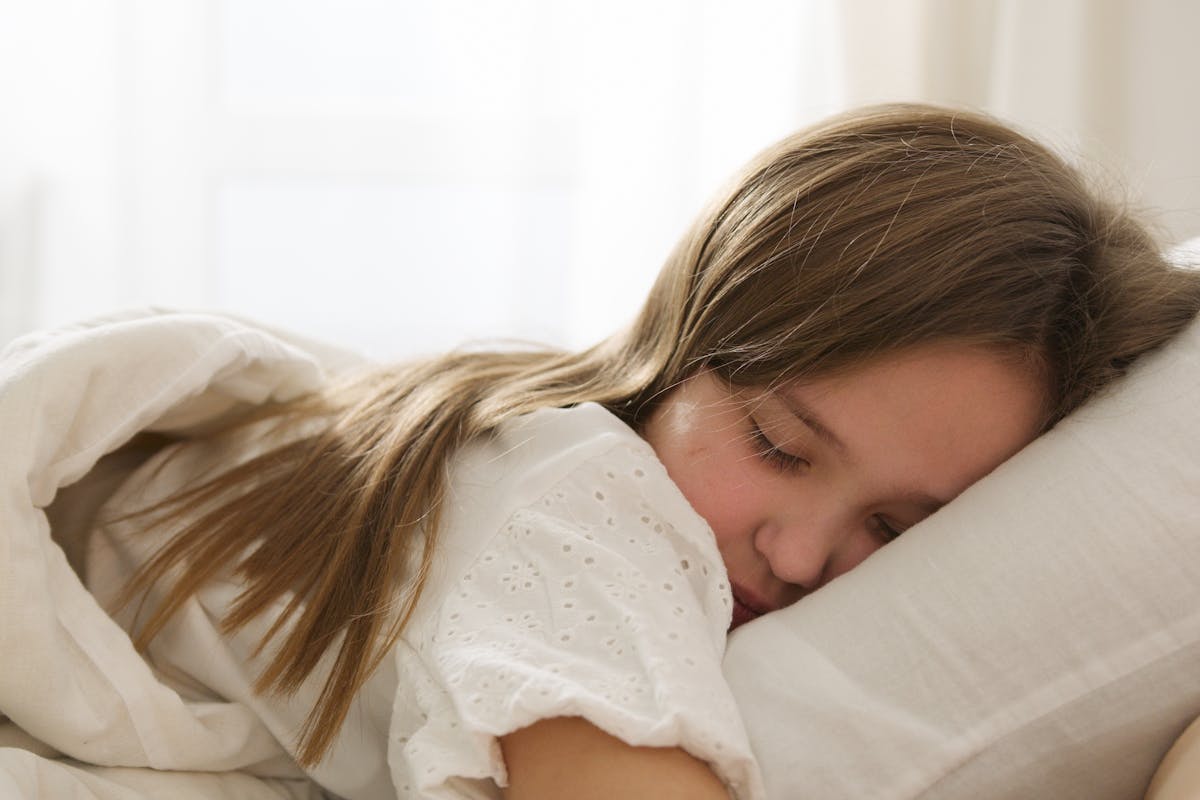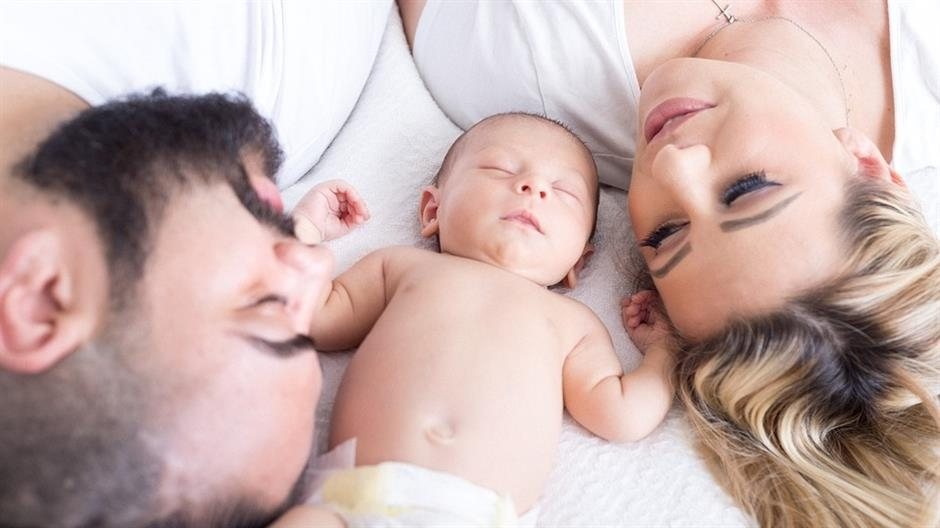
Does Your Child Have a Sleep Disorder?
Sleep apnea is a potentially dangerous disorder because it causes breathing difficulties, specifically interruptions in breathing during sleep.
There are three types of apnea: obstructive (the most common), where the throat becomes blocked during sleep preventing airflow; central, which is very rare and occurs when the brain doesn’t send the signal to breathe during sleep and is often associated with heart and neurological disorders; and a third type which is a combination of the previous two – according to Biti roditelj.
What Causes Obstructive Sleep Apnea?
Enlarged tonsils are usually the cause of sleep problems
The cause of obstructive apnea can be anything that physically blocks the airflow and makes it difficult for the child to breathe. Most often, children have issues with enlarged adenoids and swollen tonsils, which block airflow during sleep. In some cases, tonsils are naturally enlarged, while in others, infections or allergies may be the reason.
Obesity can also be a contributing factor for apnea.
How Do I Know If My Child Has a Sleep Disorder?
The most recognizable signs are breathing problems, especially pauses in breathing for about ten seconds during sleep, and snoring – although snoring does not indicate apnea in 100% of cases. To be certain, the child’s condition should be monitored both during the day and night.
What Are the Most Common Symptoms of Apnea?
1. Daytime symptoms that may indicate apnea:
* Difficulty waking up
* Headaches during the day, especially in the morning
* Aggressiveness, restlessness, irritability
* Sleepiness during the day
* Talking nasally and mouth breathing
* Depression or hyperactivity
2. Nighttime symptoms include:
* Loud snoring
* Occasional breathing pauses lasting a few seconds
* Sleeping with the mouth open
* Nightmares
* Sweating
* Coughing and choking
* Rapid heartbeat
* Sleeping in an unusual position (typically with the head in a strange posture)
Is This Sleep Disorder Dangerous?
Apnea can cause behavioral, concentration, and learning issues...
Most children with apnea have mild symptoms that they eventually outgrow, as this disorder usually occurs between the ages of three and six, when enlarged tonsils are common.
However, in some cases, this sleep disorder can lead to problems with learning, concentration, behavior, growth, as well as heart and lung issues, and high blood pressure.
How Is Apnea Treated?
If you suspect your child has sleep problems, you should definitely consult a doctor who will advise you on the best treatment method for your child.
In 90% of cases, sleep issues disappear after tonsil removal. Some children may need to use a device that allows them to breathe freely during sleep.





